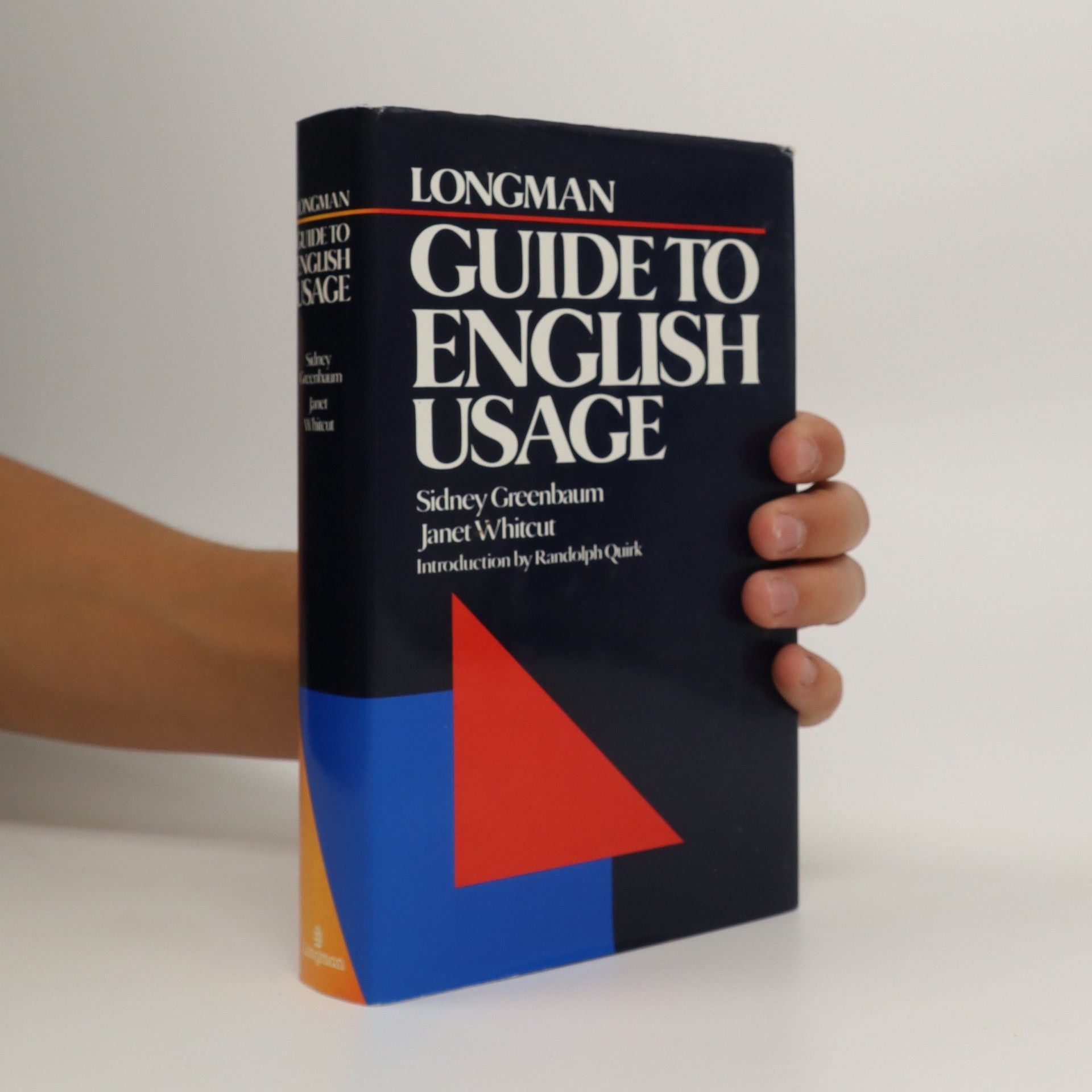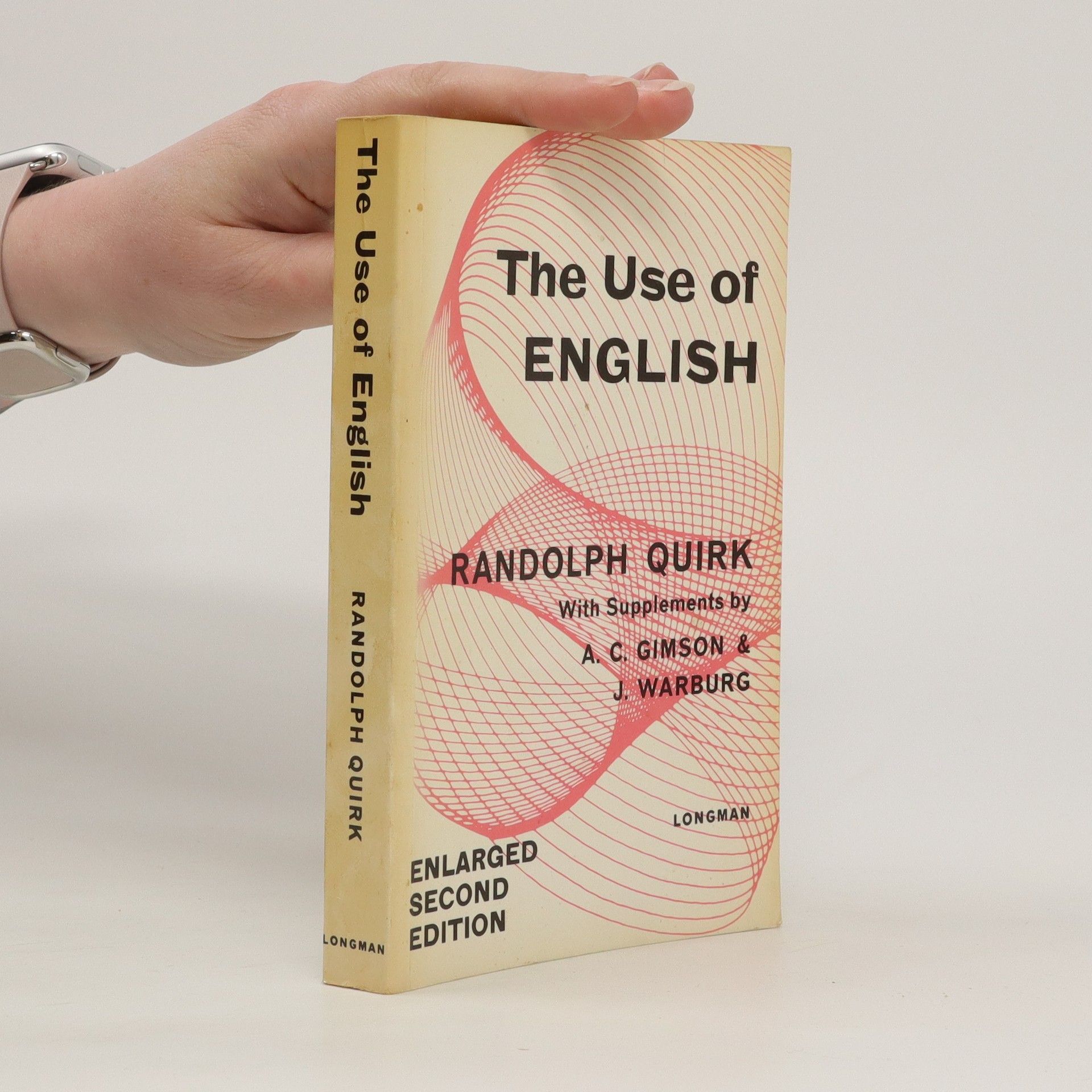This new edition of the Longman Dictionary of Contemporary English includes 80,000 words and phrases, with 3,000 of the most frequent words in written and spoken English
Randolph Quirk, Baron Quirk Books
This author delves into the intricate history and structure of the English language, focusing on Old and Middle English periods. Their work is characterized by rigorous academic scholarship and a deep commitment to linguistic analysis. Through detailed examination and teaching, they illuminate the evolution of language, making complex historical and structural elements accessible. Their approach offers readers a profound understanding of the foundational aspects of English linguistics.
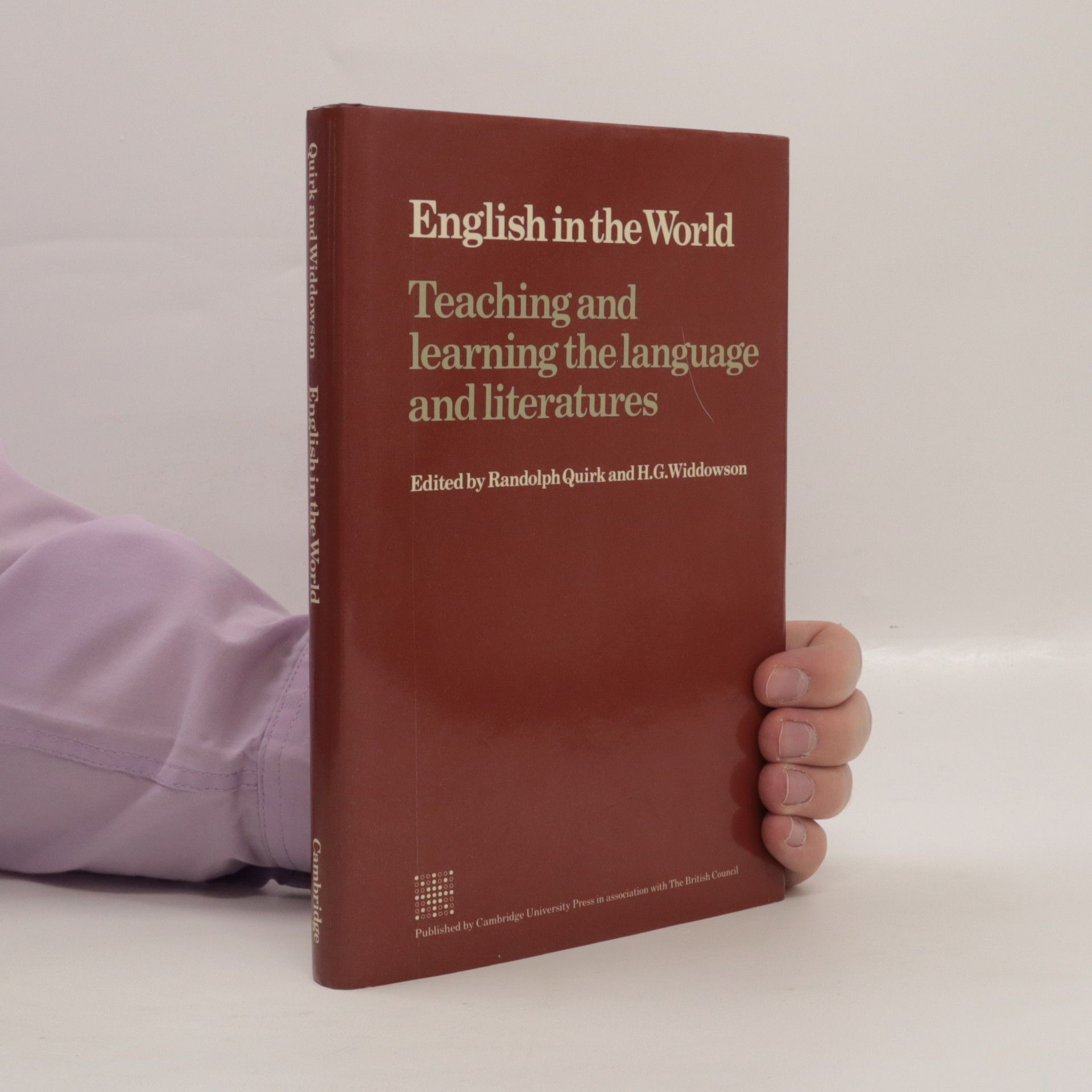
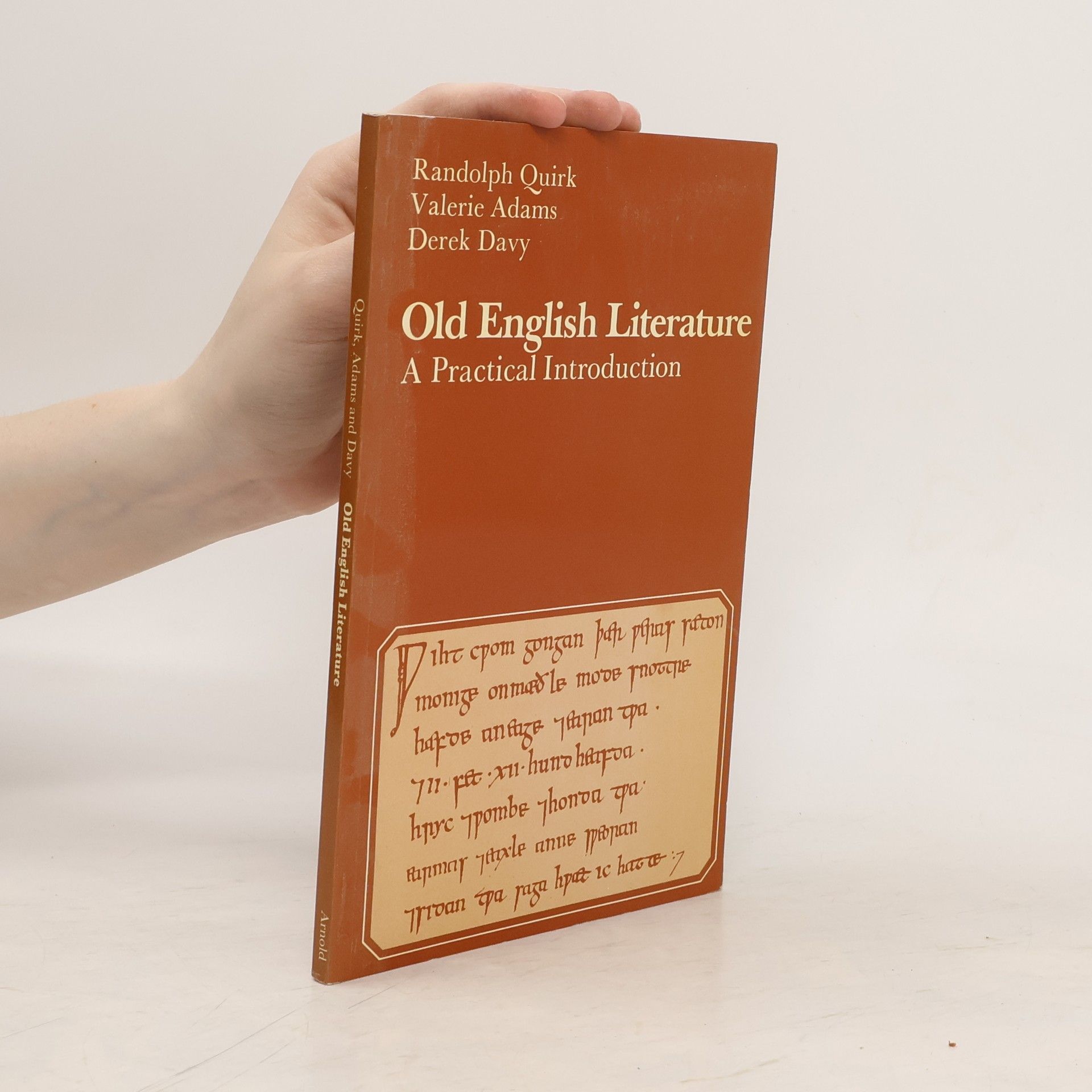
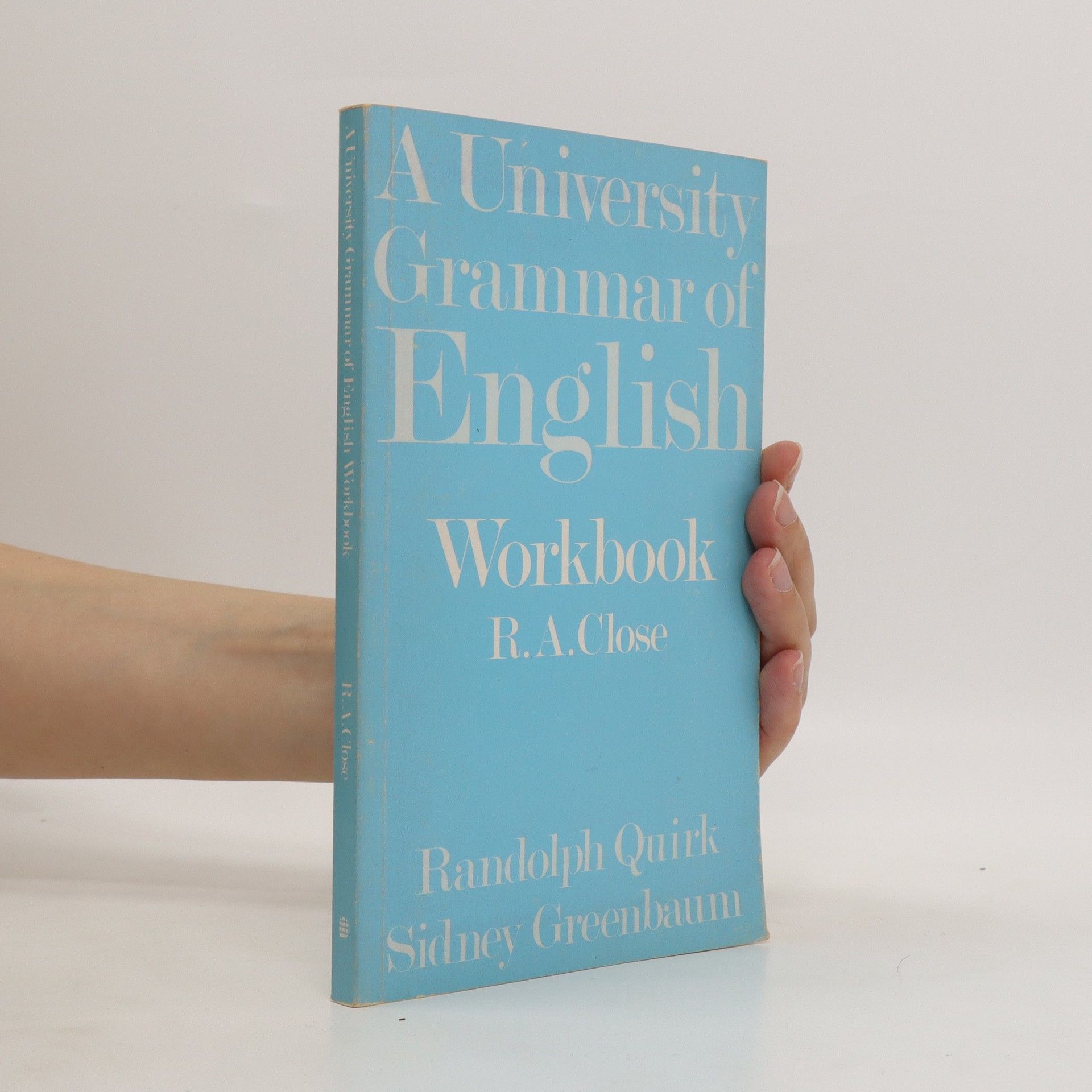



A grammar of contemporary english
- 1120 pages
- 40 hours of reading
Longman grammar of spoken and written English
- 1203 pages
- 43 hours of reading
The " Longman Grammar of Spoken and Written English " is a revolutionary, corpus-based reference grammar of English, based on a groundbreaking research project to analyze the ways in which English grammar is really used. The book looks at four text types "conversation, fiction, news reportage, and academic prose" and reports statistical findings as well as examining the reasons that condition a particular grammatical choice. "
A university grammar of English : workbook
- 182 pages
- 7 hours of reading
There is a key to the answers of the workbook at the back.
Old English Literature
A Practical Introduction
English in the world : teaching and learning the languages and literatures.
- 288 pages
- 11 hours of reading
Longman Guide to English Usage
- 144 pages
- 6 hours of reading
A practical guide to difficult and disputed points in modern English, both written and spoken. Arranged alphabetically with cross-referencing, it contains 500 entries and covers a range of language problems in meaning, grammar, spelling, pronunciation, punctuation and style etc
The broad aim of this lively and engaging book is to examine relationships between the linguistic patterns, the stylistic functions, and the social and cultural contexts of humour. The material used in illustration is of corresponding breadth: schoolyard jokes, graffiti, aphorisms, advertisements, arguments, anecdotes, puns, parodies, passages of comic fiction, all come under Dr Nash's scrutiny.
